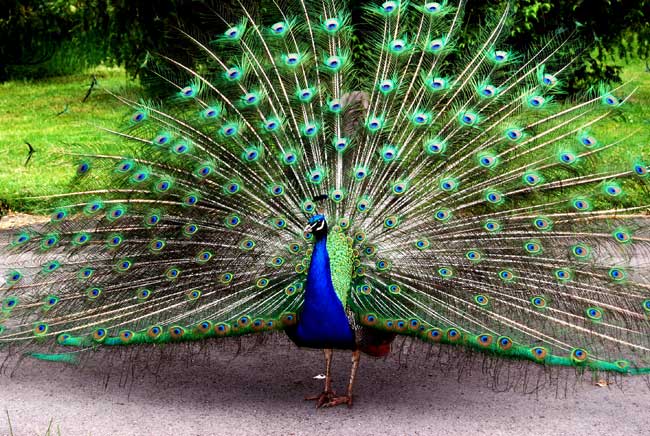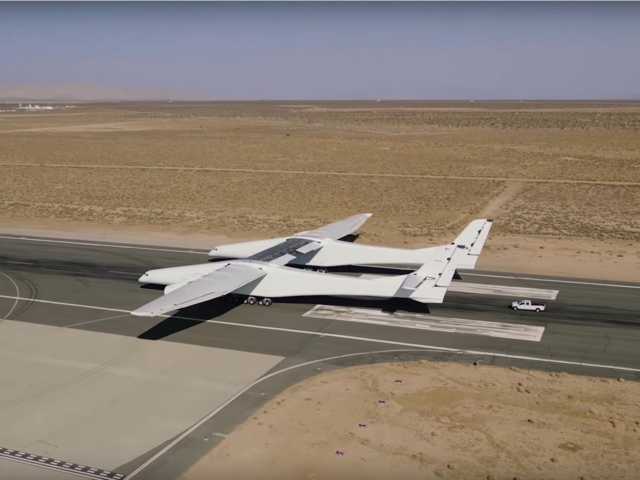 The seven candles — three red, three green and one black — represent the Seven Principles of Kwanzaa
The seven candles — three red, three green and one black — represent the Seven Principles of Kwanzaa
KWANZAA is a cultural holiday that celebrates African heritage and identity. The name comes from the Swahili phrase “matunda ya kwanza,” which translates to “first fruits,” and the holiday is based on traditional African harvest festivals. Kwanzaa is a relatively new holiday, created in 1966 by Maulana Karenga, a professor and department chair at California State University, Long Beach. It is a cultural holiday, not a religious one.Thus available to and practiced by Africans of all religious faiths who come together based on the rich, ancient and varied common ground of their Africanness.
Kwanzaa is observed from Dec. 26 to Jan. 1. The seven days correspond to the Seven Principles, or Nguzo Saba. Seven candles are lighted during Kwanzaa, and seven symbols are placed around the home.

Seven symbolic days
Kwanzaa is celebrated for seven days to emphasize the Nguzo Saba and to celebrate family, community and culture.
The Nguzo Saba are common among many African cultures.The Seven Principles “help people of African decent focus on ways to reinvigorate pride in and celebrate African culture by acknowledging our connection to African cultures and traditions.”
The Nguzo Saba are:
- umoja (unity) — to strive for and maintain unity within the family, community, nation and race
- kujichagulia (self-determination) — to define, create and speak for ourselves
- ujima (collective work and responsibility) — to build and maintain community and to solve the community problems together
- ujamaa (cooperative economics) — to build and maintain businesses and profit from them together as a community
- nia (purpose) — to build and develop the community in order to restore the members to their traditional greatness
- kuumba (creativity) — to do as much as possible to leave the community better, more beautiful, and beneficial than initially inherited
- imani (faith) — to completely believe in the people within the community, parents, teachers and leaders, and the righteousness and victory of the struggle
The seven Kwanzaa symbols that are placed around the home represent African cultural values that contribute to community building and reinforcement. According to Tafari, they are:
- mkeka — a woven placemat put on the table to represent the foundation of a strong family
- kinara — a candleholder with places for seven candles that represent parents
- mishumaa saba — seven candles (three red symbolizing struggle, three green symbolizing the future, and one black candle symbolizing the African people) that are placed in the kinara to represent the Nguzo Saba
- kikombe cha umoja — a unity cup that is used to pour libation, or a drink typically poured as an offering to a spirit or god or in memory of a loved one who has died
- vibunzi — an ear of corn representing each child in the family
- mazao — a bowl of fruits and vegetables to represent the harvest
- zawadi — gifts to children for keeping their promises throughout the year, typically a book and a heritage symbol.


Each family celebrates Kwanzaa in their own way but celebrations often include dances, singing, storytelling, poetry reading and a large traditional meal.
The meaning behind Kwanzaa
Tafari said Karenga created Kwanzaa during the height of the civil rights movement in response to the social and political climate. “Black people were struggling for equal rights … freedom from oppression, and relief from systematic injustices that robbed us of our ability to live lives filled with joy, pride, and self-expression.”













